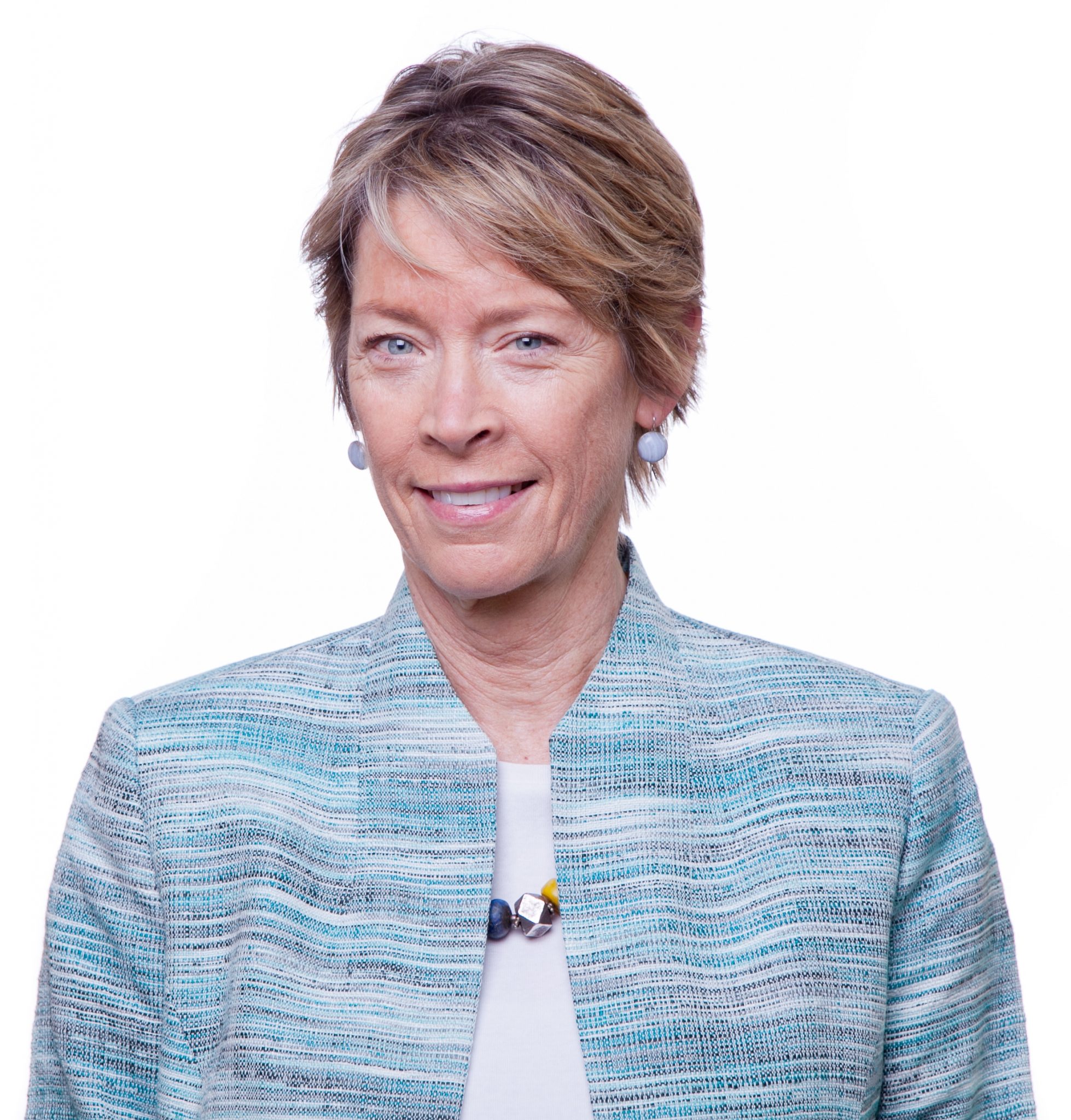Musings on the ED-Board Partnership by Beth Blanchard Schaffer

Maryland Nonprofits is pleased to welcome Beth Blanchard Schaffer, a Standards for Excellence Licensed Consultant, as a guest blogger. Beth will serve on a special board of directors panel at the Maryland Nonprofits upcoming Standards for Excellence Forum on May 28, 2014. Register today to hear more about Beth’s insights on the crucial board-executive director partnership.
Musings on the ED-Board Partnership
By Beth Blanchard Schaffer
I’ve been thinking lately about the unique, powerful, frustrating, and wondrous relationship between an executive director and the board s/he works with. We call it a partnership and we always strive for that. What’s unique? Nowhere in business or government is there a parallel. An observer new to the sector might ask, “Let me get this straight: you have a professional, highly trained and credentialed staff who report to a group of community and business volunteers who each bring a different perspective, set of skills and personal interests to the game?!? How can that work?”
What’s powerful? When those volunteers “get it”, i.e., they internalize the mission of the organization AND their responsibilities, they free staff to create the healthiest most nimble organization possible. When staff does an effective job of recruiting, orienting and supporting a diverse board, they unleash a force that staff alone cannot generate. And when board members not only assume their legal and fiduciary roles but they also generate winning strategies – winning things they can do – that add value to the organization. Since they serve as the organization’s ambassadors to the community at large, board members’ words and actions can carry enormous weight in heightening a positive profile and reputation with all audiences. Indeed, the most effective pitch for investments in a nonprofit will come from its volunteer leadership – in concert with staff leaders of course but front and center nonetheless.
Why frustrating? Because equipping volunteers to lead effectively can be challenging. Their externality positions them to be acting in the public interest, not their own. But it also guarantees the language and culture of the organization initially are foreign to them. And staff members are typically immersed in day-to-day and month-to-month goals and objectives with an inward-focused perspective. And there is an inevitable tension between both partners’ desire to engage and involve board members in the organization on one hand and the need to keep directors’ sights set on the horizon – not on near-term operational questions and issues on the other.
What’s wondrous? When an organization’s ED and board are in synch and each contributes their best to create the most effective organization, you can move mountains. And when they are not working in partnership, no amount of money or other resources are enough to sustain a healthy, nimble organization. How often do we achieve “wondrous”? One case in three? Or perhaps we should say more years than not, because the care and feeding of a good partnership can go better at some times in the evolution of an organization than others.
This is an excellent time for the Standards for Excellence to give greater emphasis to the responsibilities that are shared by board and staff members. I look forward to exploring and encouraging how organizations can make this really work.
Connect with Maryland Nonprofits on Facebook, Twitter, LinkedIn, and Google+, tell us what you think and what kind of topics you would like to see more of on our blog.
